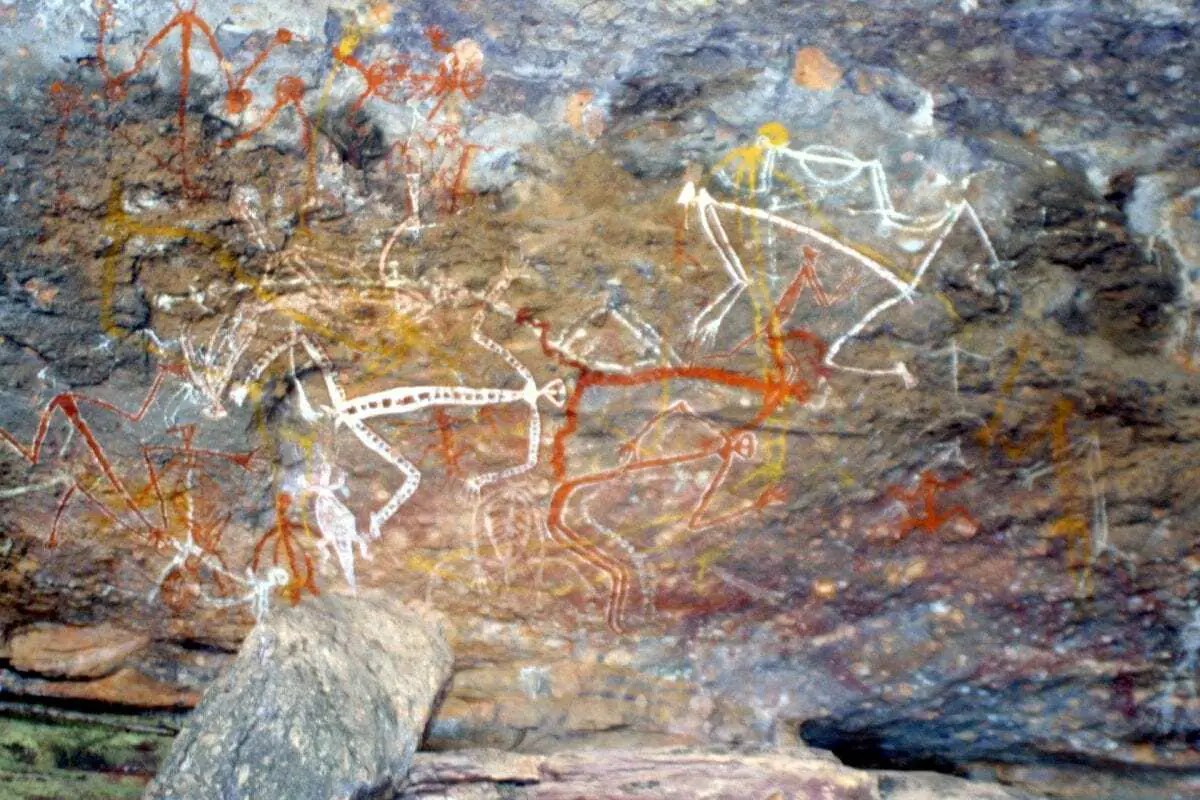The genome of Aboriginal Australians has been mapped to piece together an understanding and re-interpret the prehistory of our species.
The results imply that modern-day Aboriginal Australians are in fact the direct descendents of the first people who arrived in Australia as early as 50,000 years ago.
By sequencing the genome, the researchers demonstrate that Aboriginal Australians descend directly from an early human expansion into Asia that took place some 70,000 years ago, at least 24,000 years before the population movements that gave rise to present-day Europeans and Asians.
The study derived from a lock of hair donated to a British anthropologist by an Aboriginal man from the Goldfields region of Western Australia in the early 20th century. One hundred years later, researchers have isolated DNA from this same hair, using it to explore the genetics of the first Australians and to provide insights into how humans first dispersed across the globe.
Separation
The genome, shown to have no genetic input from modern European Australians, reveals that the ancestors of the Aboriginal man separated from the ancestors of other human populations some 64-75,000 years ago. Aboriginal Australians therefore descend directly from the earliest modern explorers, people who migrated into Asia before finally reaching Australia about 50,000 years ago. In showing this, the study establishes Aboriginal Australians as the population with the longest association with the land on which they live today. This research is presented with the full endorsement of the Goldfields Land and Sea Council, the organization that represents the Aboriginal traditional owners for the region.
New model for migration
The history of Aboriginal Australians plays a key role in understanding the dispersal of the first humans to leave Africa. Archaeological evidence establishes modern human presence in Australia by about 50,000 years ago, but this study re-writes the story of their journey there.
Previously, the most widely accepted theory was that all modern humans derive from a single out-of-Africa migration wave into Europe, Asia, and Australia. In that model, the first Australians would have branched off from an Asian population, already separated from the ancestors of Europeans. However, this study shows that when ancestral Aboriginal Australians began their private journey, the ancestors of Asians and Europeans had not yet differentiated from each other. Once they did, some 24,000 years after the first Australians had begun their explorations, Asians and remnants of the ancestral Australians intermixed for a period of time.
The first humans were explorers
Professor Eske Willerslev from the University of Copenhagen, who headed the study, explains:
“Aboriginal Australians descend from the first human explorers. While the ancestors of Europeans and Asians were sitting somewhere in Africa or the Middle East, yet to explore their world further, the ancestors of Aboriginal Australians spread rapidly; the first modern humans traversing unknown territory in Asia and finally crossing the sea into Australia. It was a truly amazing journey that must have demanded exceptional survival skills and bravery.”
The study has wide implications for understanding of how our human ancestors moved across the globe. So far the only ancient human genomes have been obtained from hair preserved under frozen conditions. The researchers have now shown that hair preserved in much less ideal conditions can be used for genome sequencing without risk of modern human contamination that is typical in ancient bones and teeth. Through analysis of museum collections, and in collaboration with descendent groups, researchers can now study the genetic history of many indigenous populations worldwide, even where groups have recently moved about or intermingled.
University of Copenhagen
Header Image – Public Domain






